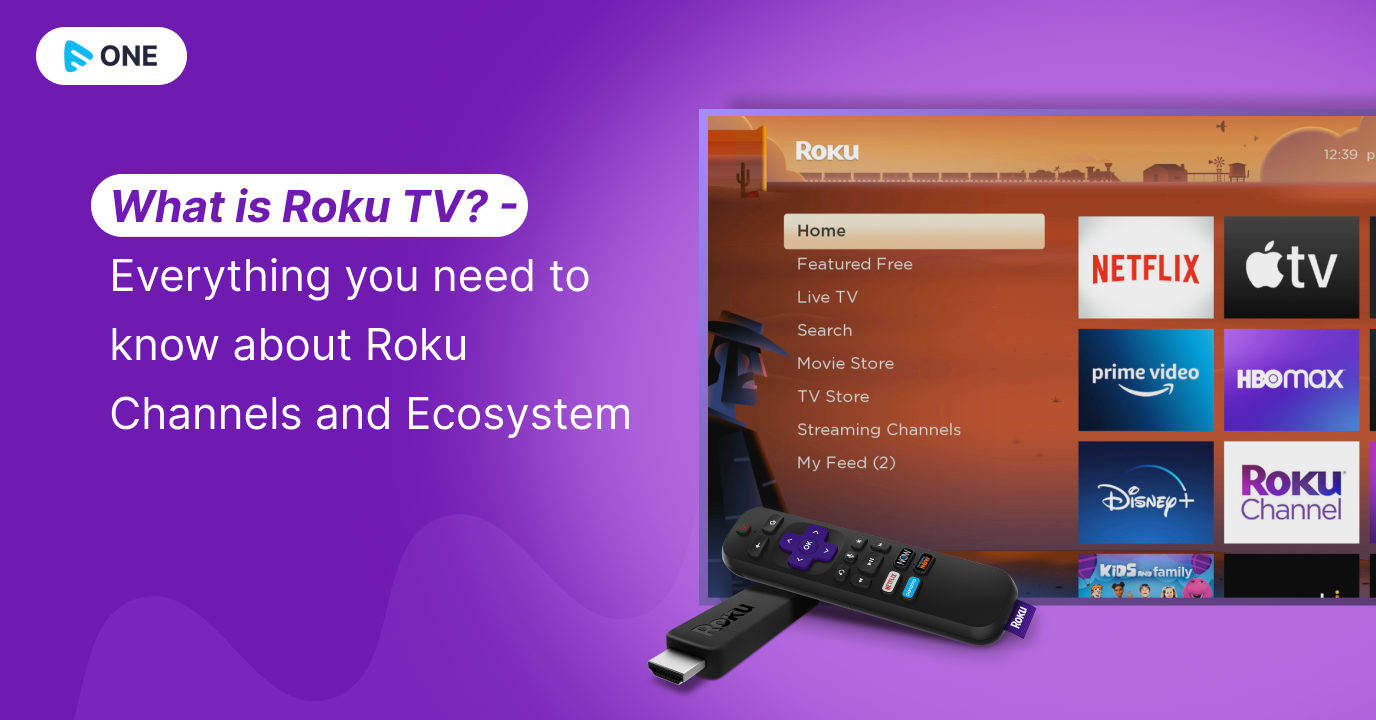The 45-Second Trick For Apollo Group Tv
The 45-Second Trick For Apollo Group Tv
Blog Article
Rumored Buzz on Apollo Group Tv
Table of Contents6 Simple Techniques For Apollo Group TvThe Only Guide for Apollo Group TvHow Apollo Group Tv can Save You Time, Stress, and Money.The Only Guide for Apollo Group Tv
In this scenario, instead of having three-minute industrial areas throughout a 30-minute tv program, TV programs may transform to one where a consumer will be required to have a monthly membership, so that they cen sight targeted banner advertisements. This type of advertising and marketing already takes place on the web, and the amount of data tv firms gather permits them to do a lot the very same.Describe the influence of sponsors on program content. Describe the significant fads amongst the broadcasting and cord networks. When tv was in its infancy, manufacturers designed the brand-new medium on radio. Popular radio shows such as cops dramatization Dragnet and western cowboy collection Gunsmoke were adapted for television, and brand-new television shows were funded by solitary advertisers, just as radio programs had actually been.
Today, the television industry is much a lot more complex. Programs are funded by numerous marketers; programs is controlled by significant media corporations; and the three significant networks no more control the airwaves however instead share their visitors with various cable networks. Several factors account for these fads within the market, including technical developments, federal government regulations, and the production of new networks.

The Only Guide to Apollo Group Tv
Developed in 1969, (PBS) developed out of a report by the Carnegie Compensation on Educational Tv, which analyzed the function of instructional, noncommercial television on society. Public tv was additionally intended to offer global accessibility to tv for visitors in rural areas or audiences who might not manage to pay for private television solutions.
The duration in between 1950 and 1970 is historically acknowledged as the. In addition to a little part of airtime regulated by public tv, the 3 major networks (known as the Big Three) dominated the tv market, jointly making up greater than 95 percent of prime-time viewing. In 1986, Rupert Murdoch, the head of multinational company News Corp, released the Fox network, testing the supremacy of the Big 3.
Targeting young and minority target markets with programs such as Buffy the Vampire Slayer, Moesha, Dawson's Creek, and The Wayans Bros., the new networks really hoped to attract stations away from their old network associations. Nevertheless, instead of duplicating the success of Fox, UPN and WB battled to make an impact. Unable to attract numerous affiliate stations, both fledgling networks got to less families than their bigger opponents due to the fact that they were inaccessible in some smaller sized cities.
This choice led the method for the advancement of cable television film channels, adding to the rapid development of cable television in the 1980s and 1990s. apollo group tv app. More deregulation of wire in the 1984 Wire Communications Plan Act eliminated restrictions on cable prices, making it possible for operators to charge what they desired for cord services as long as there worked competitors to the solution (a standard that over 90 percent of all cable markets can satisfy)
Apollo Group Tv for Beginners

Having actually created the very first "superstation," Turner broadened his world by founding 24-hour news network CNN in 1980. At the end of the year, 28 nationwide shows solutions were offered, and the cable transformation had actually started. Over the following decade, the market undertook a duration of quick development and popularity, and by 1994 customers might select from 94 standard and 20 costs see it here cable television services.
Figure 9 - https://www.edocr.com/v/kjzxvydk/vickboyd3319/apollo-group-tv.16 Enhanced competition from cable channels has actually created a steady decline in the networks' target market ratings. During the 1950s, the price of creating a single television show increased as programs ended up being longer and production prices rose. Sponsorship on network television moved from solitary sponsorship, in which a program was entirely supported and created by one marketer, to multiple sponsorship, in which marketers bought 1- or 2-minute places on the show
Choose one of the Big Four networks and publish out its once a week shows timetable. Watch the network's prime-time programs over the program of a week, noting the target market for each program.
Apollo Group Tv for Dummies

Straight television, frequently referred to as typical broadcast TV, encompasses cable television and satellite tv. It's called "linear" because material adheres to a predetermined programs timetable, unlike on-demand web content which the specific viewer chooses to view based on their own preferences and routine. When you ask, "What is straight TV?", believe of it as the traditional method of enjoying television that has been around for decades.
Report this page